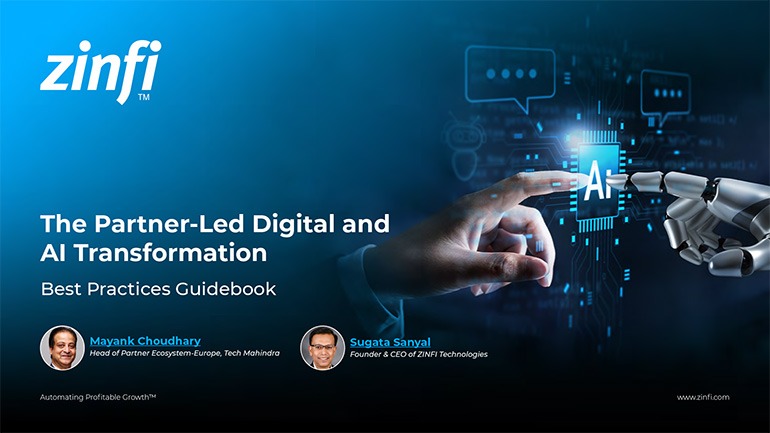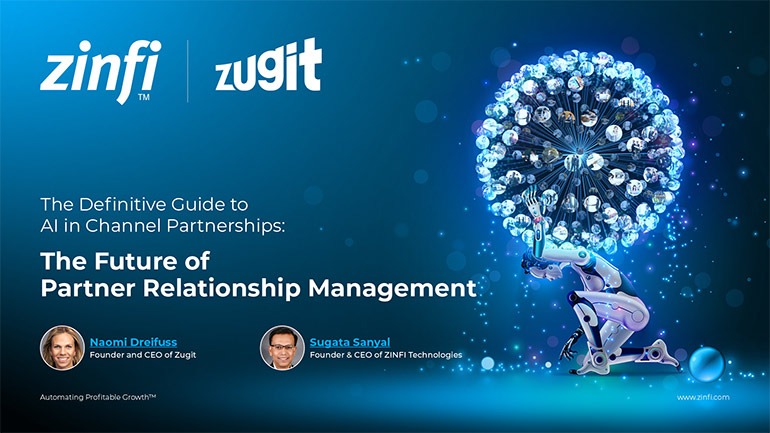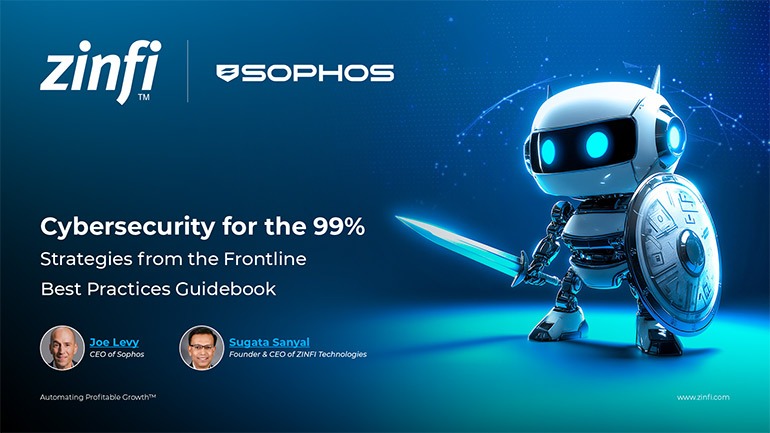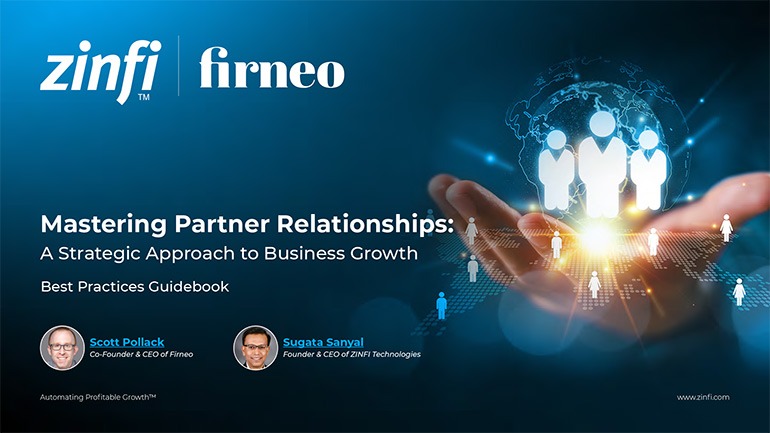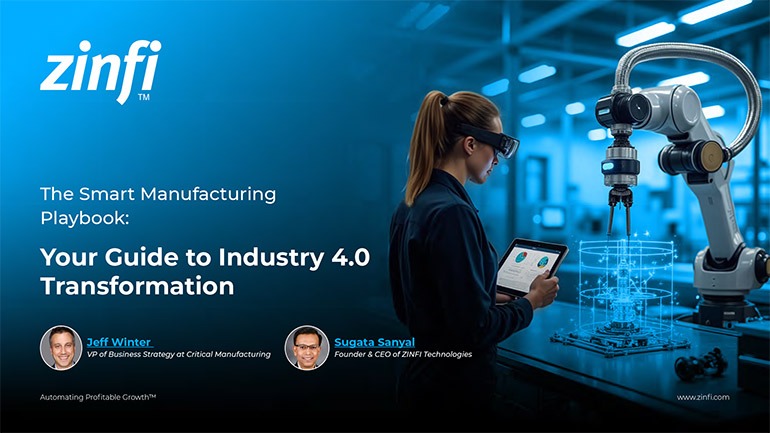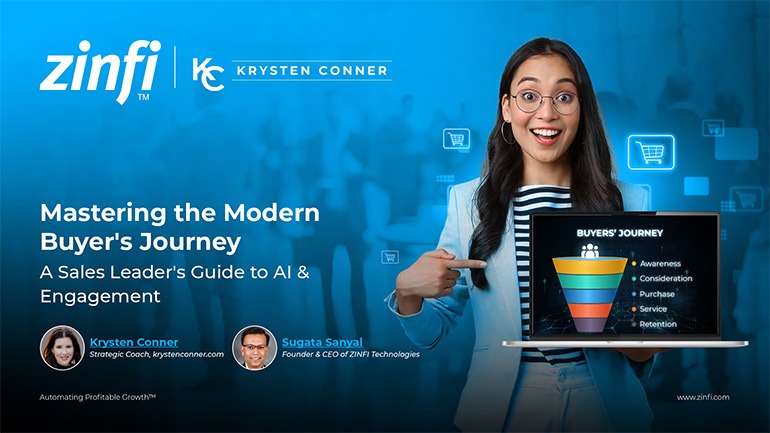Enterprise sales have dramatically transformed over the last decade, significantly accelerated by the COVID-19 pandemic. Previously, closing a $100K deal often involved flying to meet decision-makers in person, where physical presence helped establish rapport and understanding of the business culture. Today, virtual interactions are the norm, with decision-makers frequently joining Zoom calls without video, making it harder to build personal connections. This shift necessitates that sales representatives become far more analytical and prepared, developing a sharp point of view on how they can add value, rather than relying solely on personality. Extensive upfront research and analysis are now critical to earn the right to engage with potential buyers.
The buyer's journey has become overwhelmingly digital, with Gartner reporting that up to 95% of a decision is made before a buyer engages with a sales representative. Buyers spend an enormous time online researching reviews, case studies, and white papers to educate themselves thoroughly. This means the marketing team acts as a "silent salesperson," profoundly influencing the buyer's perceptions and choices long before a human interaction occurs. Buyers increasingly seek unbiased information, often prioritizing third-party reviews and peer recommendations over what a company says about itself.
This evolution has also led to significantly larger buying committees, even for relatively minor deals. This trend is partly driven by market uncertainty and internal politics, where individuals seek multiple sign-offs to de-risk purchases. IT departments are also more involved earlier in the process, ensuring new solutions integrate seamlessly and do not disrupt existing systems. Sales professionals must now articulate a distinct value proposition for each stakeholder within these complex buying units, putting themselves in the shoes of different departments to address their specific concerns and demonstrate relevance.


